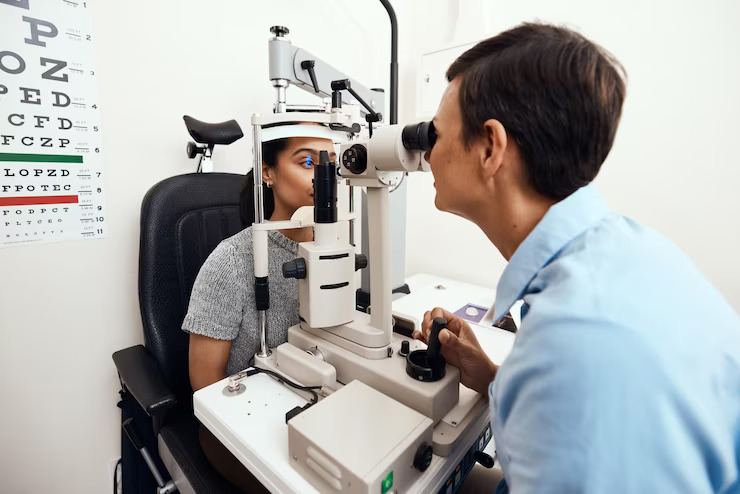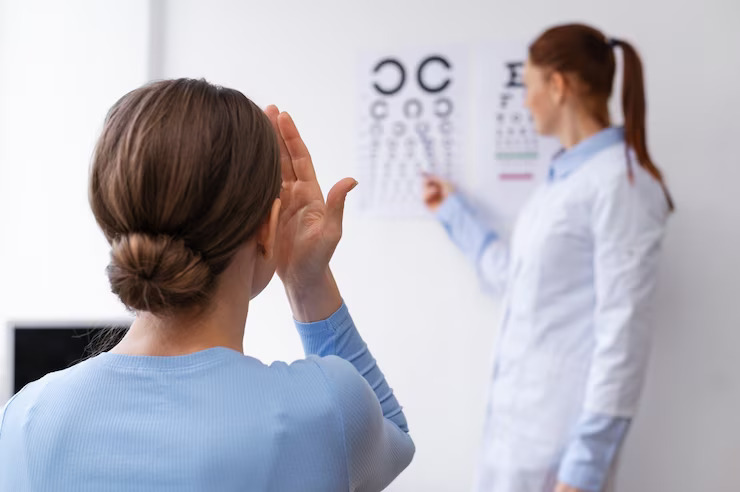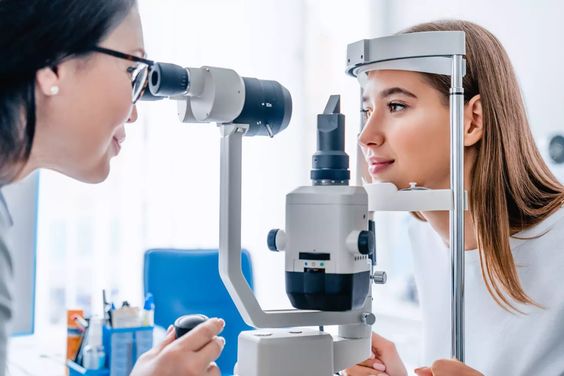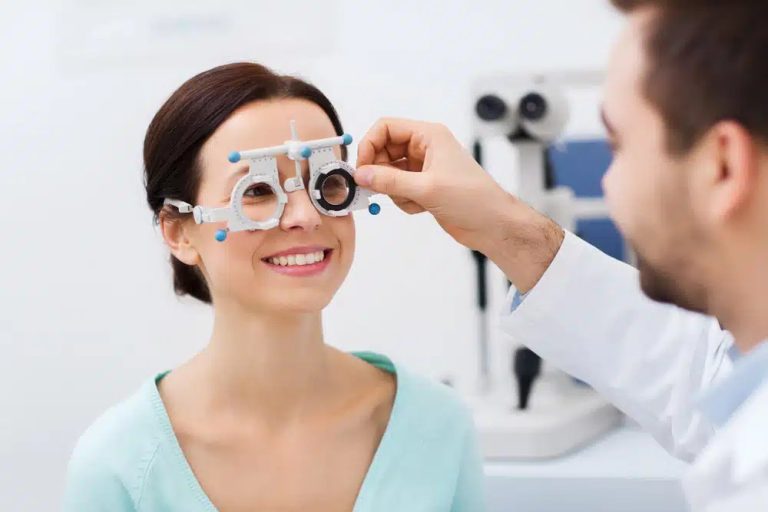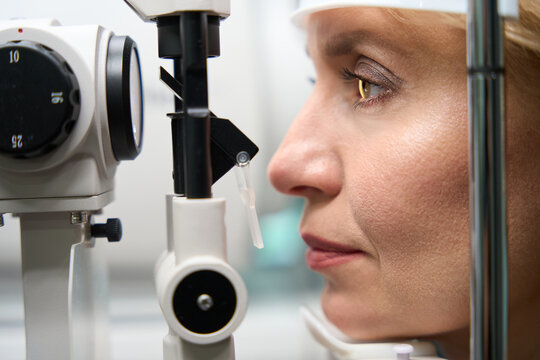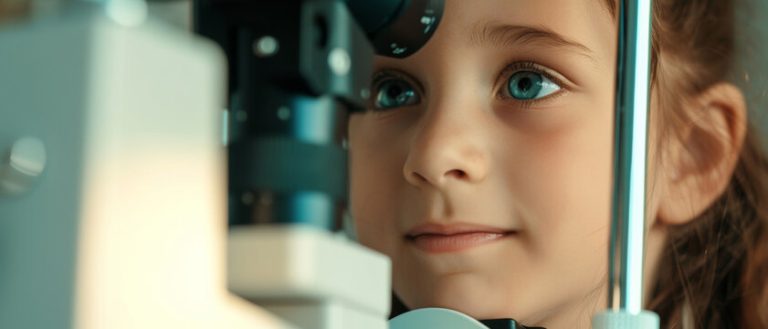Comprehensive Eye Exams: Combining Multiple Tests For A Complete Assessment
Keeping your eyes healthy overall and for optimal vision requires routine eye exams. While vision screenings may provide a basic assessment of visual acuity, comprehensive eye exams offer a more thorough evaluation by combining multiple tests to assess various aspects of eye function and health. In this article, we will explore the importance of comprehensive eye exams, the tests involved, and how they work together to provide a complete assessment of vision and eye health.
The Importance of Comprehensive Eye Exams
Comprehensive eye exams play a crucial role in detecting and diagnosing vision problems, eye diseases, and other conditions that may affect eye health. These exams are recommended for individuals of all ages, from infants to seniors, as they can identify issues early on and prevent vision loss or complications later in life.
Unlike vision screenings, which typically only measure visual acuity, comprehensive eye exams encompass a range of tests to evaluate various aspects of vision, including visual acuity, refractive error, eye alignment, eye muscle function, peripheral vision, color vision, and eye health.
Combining Multiple Tests for a Complete Assessment
A comprehensive eye exam typically involves several key tests and procedures that work together to provide a complete assessment of vision and eye health. These tests may include:
- Visual Acuity Testing:
Visual acuity testing measures the sharpness of vision by assessing how well you can see letters or symbols on a standardized chart from a specific distance. This test is often performed using a Snellen chart or a computerized visual acuity system. - Refraction Testing:
Refraction testing determines your eyeglass or contact lens prescription by measuring how light bends (refracts) as it passes through the cornea and lens of the eye. This test helps identify and correct refractive errors such as nearsightedness (myopia), farsightedness (hyperopia), and astigmatism. - Eye Alignment and Movement Testing:
Eye alignment and movement testing evaluate the coordination and alignment of the eyes to detect strabismus (eye misalignment) and assess binocular vision (the ability of both eyes to work together). Tests may include cover testing, ocular motility testing, and stereopsis assessment. - Visual Field Testing:
Visual field testing assesses peripheral vision by measuring your ability to see objects in your side (peripheral) vision while focusing on a central target. This test helps detect vision loss or blind spots caused by conditions such as glaucoma, retinal detachment, or neurological disorders. - Color Vision Testing:
Color vision testing evaluates your ability to distinguish colors and detect color deficiencies such as red-green color blindness or blue-yellow color deficiency. Tests may include the Ishihara color plates or other specialized color vision tests. - Contrast Sensitivity Testing:
Contrast sensitivity testing measures your ability to distinguish between light and dark shades of gray. This test is important for detecting vision deficiencies that may affect your ability to see objects clearly in varying lighting conditions. - Intraocular Pressure Measurement:
Intraocular pressure (IOP) measurement assesses the pressure inside the eye, which is important for screening and monitoring for glaucoma, a leading cause of vision loss. Tests may include tonometry, which measures the pressure by gently touching the surface of the eye or using air puff technology. - Eye Health Evaluation:
An eye health evaluation includes a thorough examination of the external and internal structures of the eye, including the cornea, lens, retina, optic nerve, and surrounding tissues. This assessment helps detect eye diseases and conditions such as cataracts, macular degeneration, diabetic retinopathy, and retinal detachment.
The Role of Technology in Comprehensive Eye Exams
Advances in technology have revolutionized the way comprehensive eye exams are conducted, allowing for more accurate and efficient assessments of vision and eye health. Computerized visual acuity systems, digital retinal imaging, optical coherence tomography (OCT), and automated perimetry are just a few examples of technology used to enhance diagnostic capabilities and improve patient care.
Benefits of Regular Comprehensive Eye Exams
Regular comprehensive eye exams offer numerous benefits for individuals of all ages, including:
- Early detection and treatment of vision problems and eye diseases
- Correction of refractive errors to improve visual acuity and comfort
- Assessment of eye alignment and binocular vision for optimal depth perception and coordination
- Monitoring of intraocular pressure and other risk factors for glaucoma
- Evaluation of overall eye health and early detection of systemic conditions that may affect the eyes
By undergoing regular comprehensive eye exams, individuals can take proactive steps to protect their vision and maintain optimal eye health throughout their lives.
Conclusion
To keep your eyes healthy and vision clear, you need to have thorough eye checkups. By combining multiple tests and procedures, these exams provide a complete assessment of vision function, refractive error, eye alignment, peripheral vision, color vision, contrast sensitivity, intraocular pressure, and eye health. Regular comprehensive eye exams enable early detection and treatment of vision problems, eye diseases, and other conditions, helping to preserve vision and improve quality of life. If you have not had a comprehensive eye exam recently, schedule an appointment with an eye care professional to ensure the health and wellness of your eyes.

